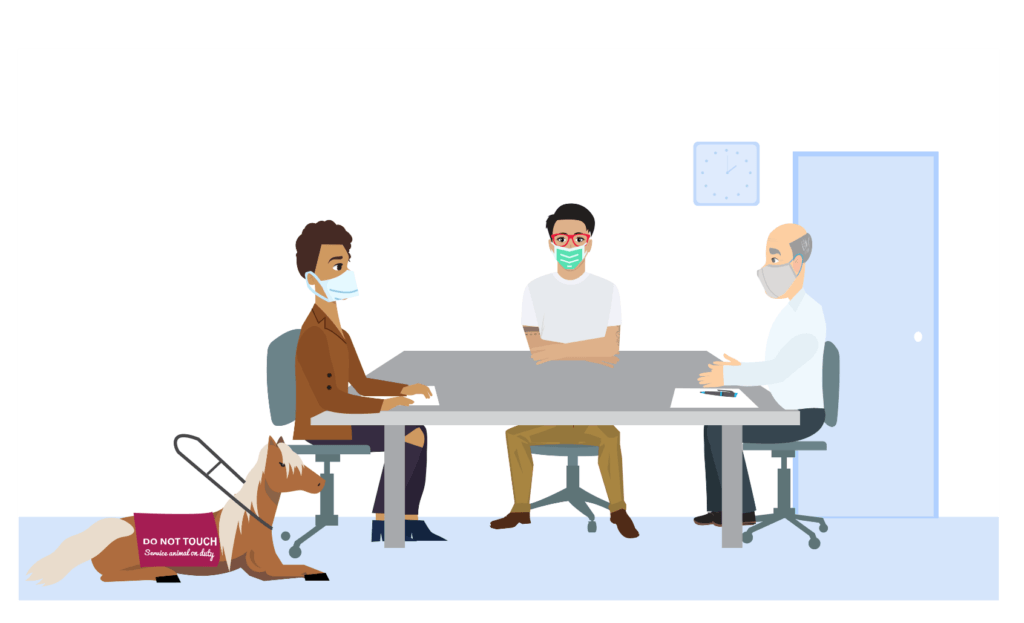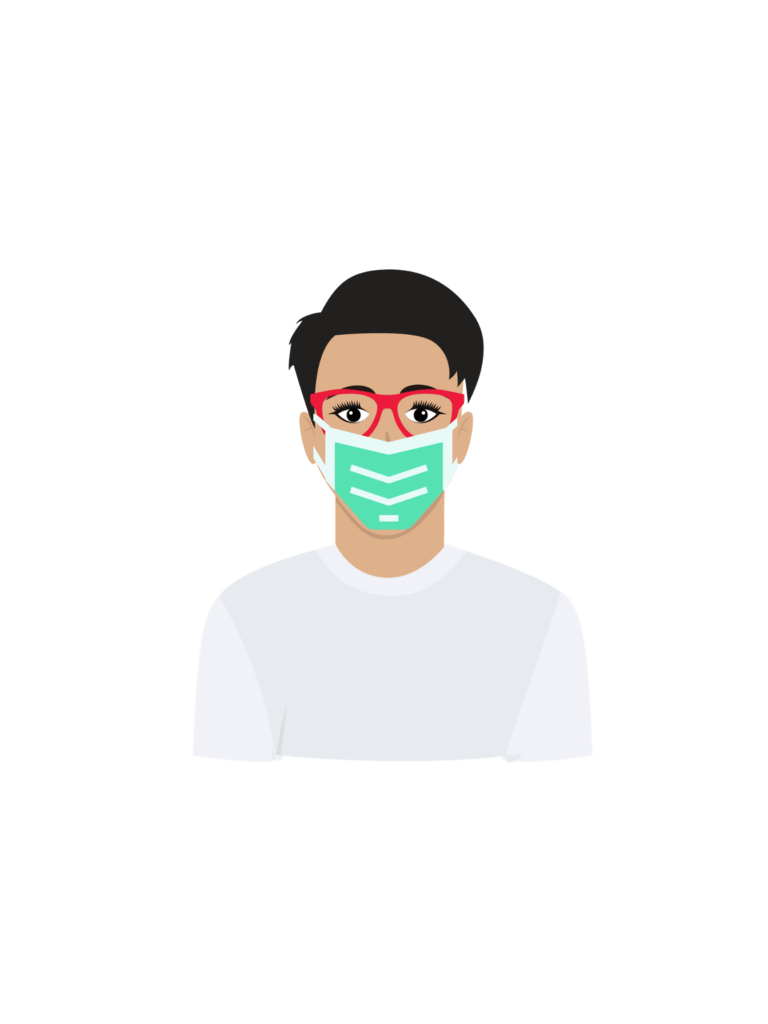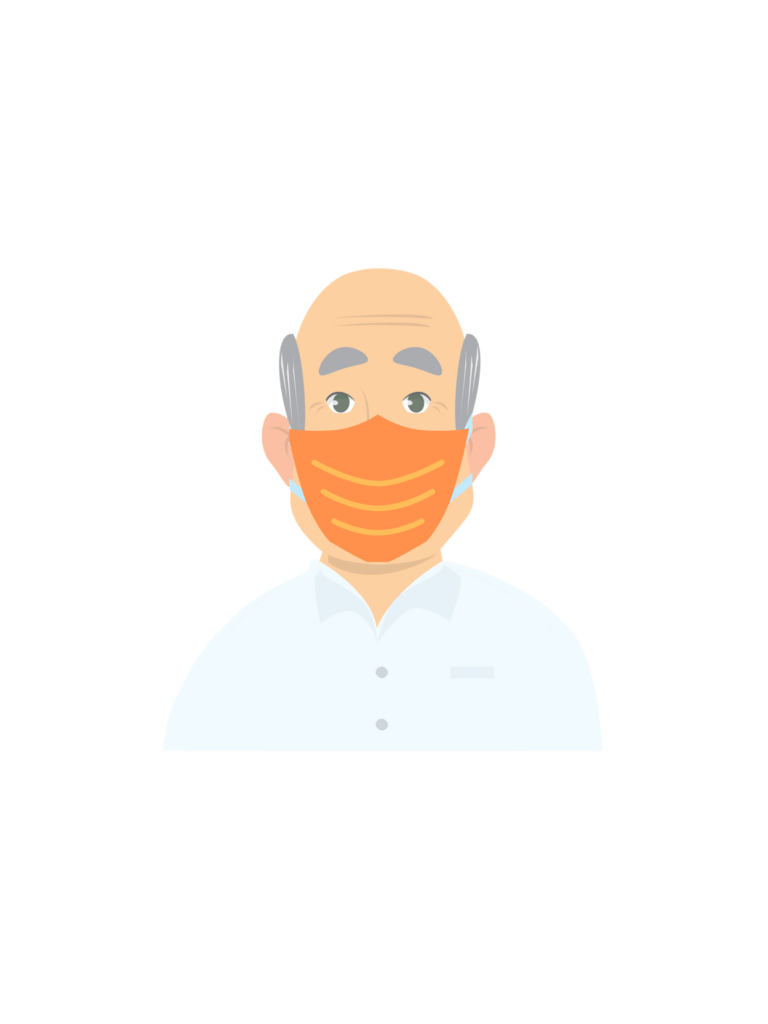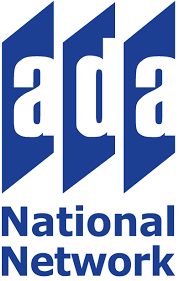Emergency and Public Health Preparedness Planner Knowledge About Disabilities _review

It may not look like it but the people in this room are socially distanced.

PJ: As you know, I’m the local public health preparedness planner and EM is the emergency manager. Terrye, we want to talk to you about planner knowledge about disability issues.
It varies, both on the emergency management and on the public health sides.

EM: And it can vary a LOT.
Research found that local emergency and public health preparedness planners may not know as much about the disability community as they should. Planners think that the disability community may not know as much about emergency planning and response as they should.
Some emergency planners report not knowing where to start in emergency planning for and with people with disabilities. They may not know how to approach the disability community.
Your Action Team can help by:
– Describing the local disability population
– Describing disability organization stakeholders
– Answering planner questions
– Reviewing the local emergency plan together with the planners
Emergency and public health planners stress the importance of self-preparedness and express fear that some people will rely too much on local, state, or federal government for help. When engaging with local planners, Action Teams should consider asking about local self-preparedness educational materials. Teams should share these materials with stakeholders. Teams could invite the planners to lead a self-preparedness training.
Understanding disability demographics and approximate population size are important to good planning. In one NACCHO survey, less than half of responding local health departments were aware of how many people with disabilities were living in their communities.
Action Teams can use the disability data tools from Lesson 3 to share this information with local planners.

And if the planners need confidential information about legal compliance, they can go to the ADA National Network for free and confidential support. Your Action Team can ask questions too.

PJ: It seems that even with the knowledge gaps, emergency and public health preparedness planners want to connect with the disability community.
Here are some direct quotes from AUCD’s National Technical Assistance and Training Center on Disability Inclusion and Emergency Preparedness’ fall 2020 survey of emergency and public health preparedness planners:
“…there is typically very little in the way of dialogue between EMs and [disability] organizations. It would be hugely beneficial for [disability] groups to seek out emergency planners and begin discussions about inclusiveness.”
“There must be an intentional outreach program to find and engage people with disabilities and/or chronic and mental health conditions.“
“The best way to know that there are issues in reaching persons with disabilities is for them to tell us so they shouldn’t hesitate to provide feedback.“
Click the quiz link below to check your learning and continue.
